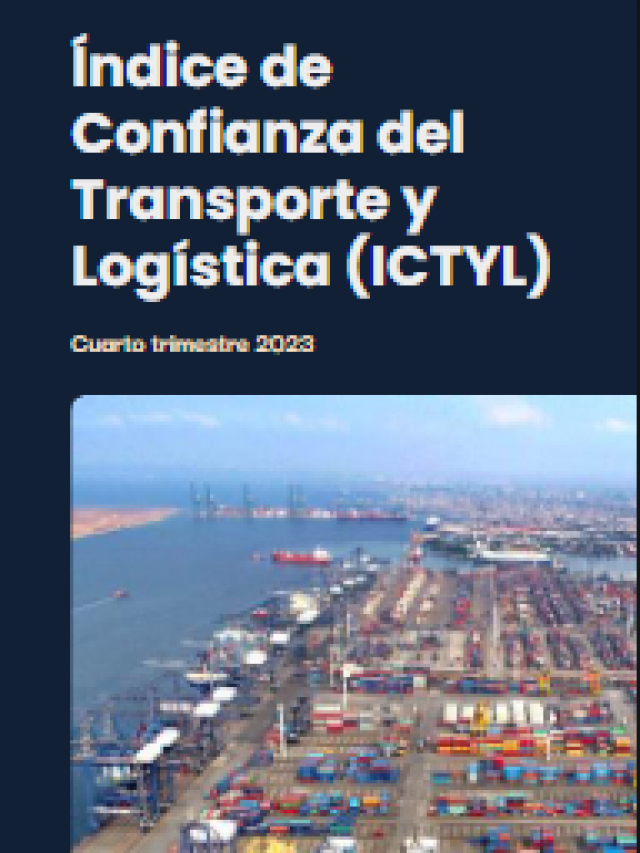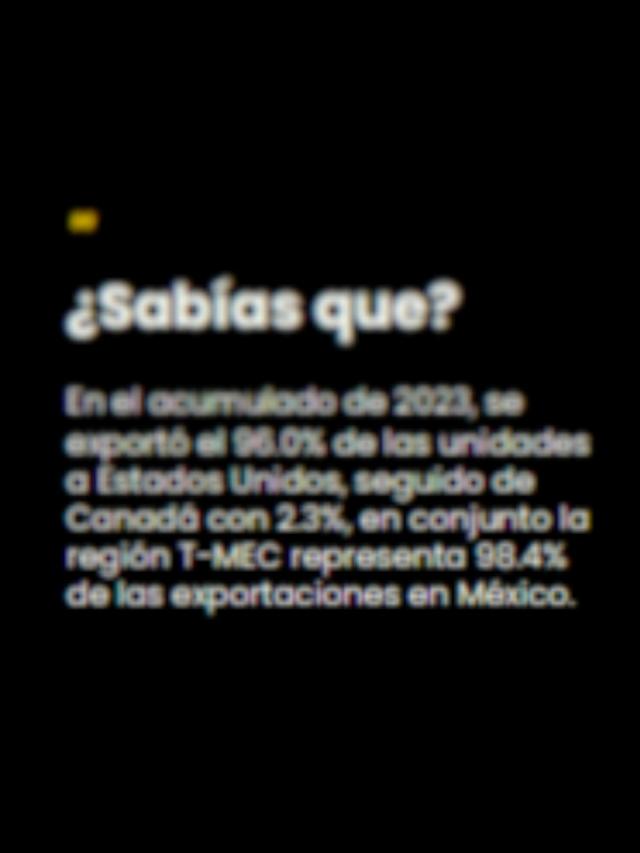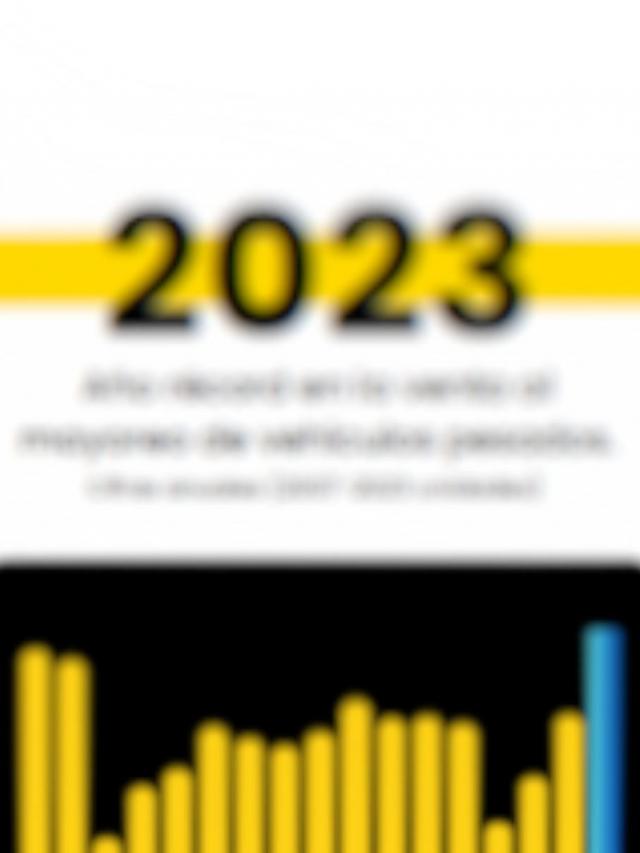 The Querétaro-Irapuato passenger train will cost 98 billion 749 million 837 thousand 130 pesos , and like the AIFA-Pachuca and Mexico-Querétaro, it will move passengers and cargo, in addition to the fact that its annexes of its technical, legal, economic studies and calculation reports of the Cost-Benefit Analysis were reserved by the Mexican government for five years.
The Querétaro-Irapuato passenger train will cost 98 billion 749 million 837 thousand 130 pesos , and like the AIFA-Pachuca and Mexico-Querétaro, it will move passengers and cargo, in addition to the fact that its annexes of its technical, legal, economic studies and calculation reports of the Cost-Benefit Analysis were reserved by the Mexican government for five years.
“The railway will facilitate the more efficient transport of people and goods. This could reduce congestion on other forms of transport such as roads and offer a faster and safer option. It is also less likely to be involved in serious accidents, which reduces risks to passengers and cargo. The project will also generate jobs during its construction, operation, and related services,” stated the project’s Cost-Benefit Analysis.
The document presented by the Ministry of Finance and Public Credit (SHCP)indicates that these funds would be used for station and terminal infrastructure, roads, civil works, the electrification system, security and telecommunications, rolling stock, execution studies, and right-of-way, among other things.

As part of the proposal to carry out the project in partnership, it is proposed that the first two years of operating costs be covered by the construction manager.
The project will be 107.5 kilometers (km) long , and the train is expected to have five stops: two terminals, located at the ends of the route in Querétaro and Irapuato, and three intermediate stations in the municipalities of Celaya, Villagrán, and Salamanca. “It is worth mentioning that the route is expected to extend to the cities of Silao and León in Guanajuato,” according to the document.
It should be noted that the Ministry of National Defense (Sedena) is responsible for analyzing route alternatives and estimating investment, operation, and maintenance costs for the project.

The document specifies that the route of the railway begins at the end of the Canadian Pacific Kansas City (CPKC) of Mexico’s marshalling yard in Santiago de Querétaro , crosses the city to the west and then crosses agricultural fields, bordering the community of Coachiti, towards the outskirts of Apaseo el Grande and leading to the city of Celaya in Guanajuato.
In a second segment, the axis of the road crosses through properties dedicated to irrigated agriculture , bordering the community of Villagrán, crossing the municipality of Salamanca and concluding its journey towards the suburbs of the city of Irapuato, also located in the state of Guanajuato.
Its route includes a non-electrified double track and consists of seven segments, requiring the construction of nine viaducts. The average speed along the route is expected to be 160 to 200 km/h.
The rolling stock to be used will be diesel-electric , designed to run on a track gauge of 1435 mm and a distance between rail mushroom centers of 1505 mm; with wheels compatible with a 115 RE lbs/yd rail, and a maximum speed of 177-200 km/h.
The project requires five trains, each less than 210 meters long and with a floor height above the track of 1,150 mm. They will have a capacity of between 350 and 500 seats, an inter-circulation aisle, spaces for people with reduced mobility, luggage racks, restrooms, and a cafeteria.
Demand for the Querétaro-Irapuato train, based on public/international and private modes, is expected to reach 10,669 passengers daily. The travel time will be one hour and 17 minutes.
The study revealed that the construction of the Querétaro-Irapuato section could generate some social conflicts “and further fragment the territory, so any problems that arise must be carefully managed to minimize their negative impact.”
For its part, the Railway Transport Regulatory Agency (ARTF) is in the process of acquiring the remaining properties to complete the clearing of the right-of-way, which requires the funds allocated for the investment project.
Comment and follow us on X: @evandeltoro / @GrupoT21















